.png)
ARTHRITIS CAUSES, SYMPTOMS, AND PAIN MANAGEMENT
There are many types of arthritis, all with different causes, symptoms, health effects, and treatments. And all very likely to cause daily pain. The most common type is osteoarthritis,1 so we’ll focus on that.
On This Page You Will Learn About:
More About Arthritis
Arthritis generally refers to joint pain and diseases that occur in your most commonly used joints. You can experience arthritis pain in joints throughout your body. And anyone can get arthritis, regardless of age, race, or gender.2
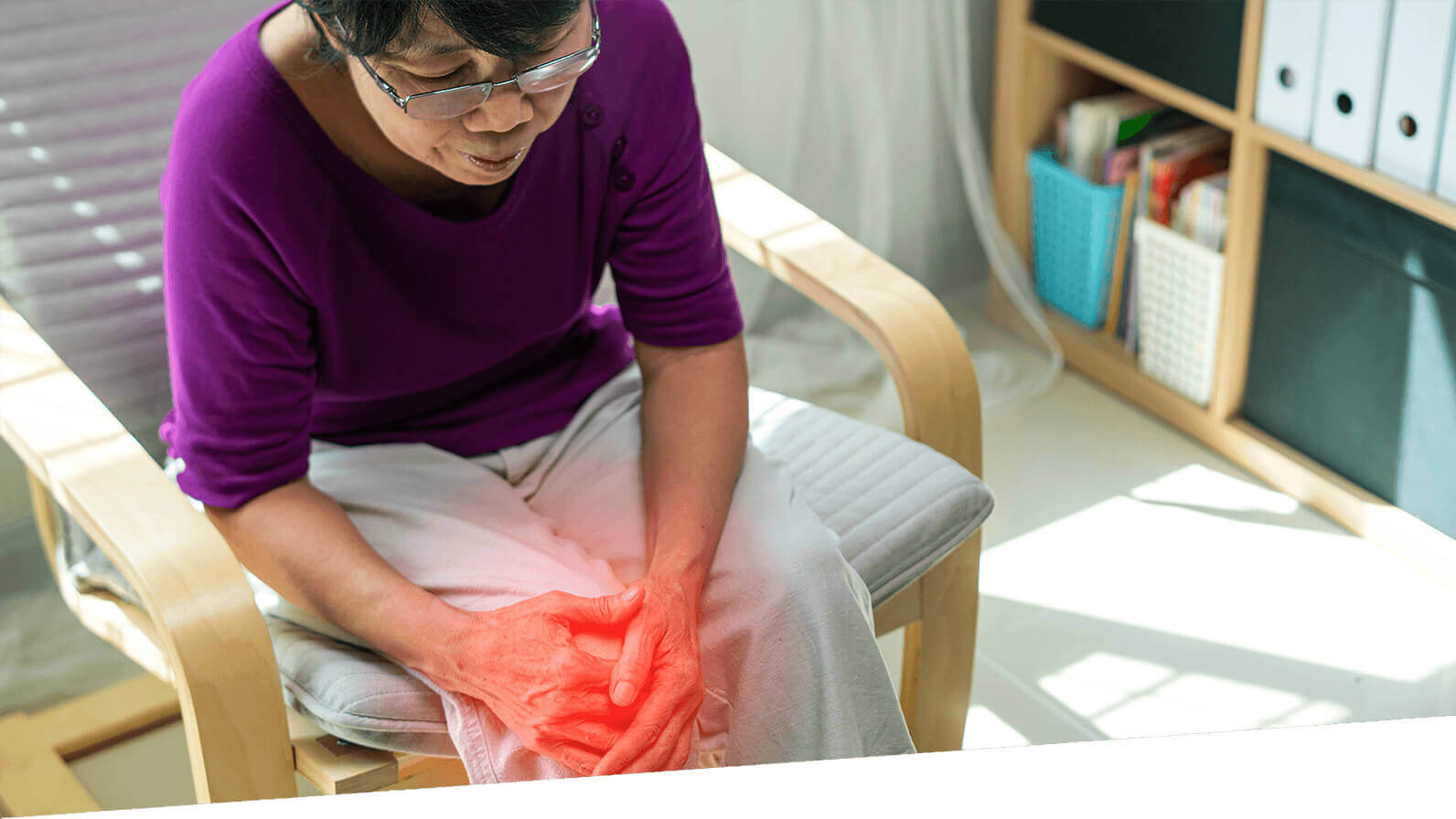.jpg)
Arthritis is not just about wear and tear on your joints — it’s a degenerative disease of the joint. It first starts as the cartilage between the bones of joints wears away, causing abnormal joint pain and making movement more difficult. It might start with a stiff feeling in your knee when you get out of bed, or in your hands when you’re signing a receipt. Over time, it can worsen until everyday movements become difficult and painful. Later, it can advance to bone damage3 that causes constant daily pain.
Causes Of Arthritis
Arthritis starts when cartilage — the smooth cushion between bones — breaks down. That causes aggravating friction between bones, making joints swollen and hard to move. As time goes on and degradation continues, symptoms can worsen.
Factors That Influence Arthritis1
Age
- Everyday wear and tear can take its toll. As you age, your cartilage can diminish.
Injury
- Injuries may heal, but over time can lead to arthritis, especially repeated injury.
Overuse
- Typical of sports injuries, using the same joint over and over makes cartilage wear down. Think about a marathon runner.
Weight
- Excess weight puts extra pressure on joints. Fat cells also promote joint inflammation.
Weak muscles
- When muscles aren’t strong enough to support you, joints take on the excess stress.
Genes
- Arthritis is hereditary, so if it runs in your family, it could impact you later in life.
Gender
- Women are more likely to develop arthritis than men.
Some causes of arthritis can’t be controlled, and some courses of action can ease the uncomfortable pain. But we’ll get to those later.
Symptoms Of Arthritis
Joint Pain1
It can occur in many joints and at different times. Could be the stiffness you feel in your joints when you wake up in the morning. The ache in your elbow that gets worse during your morning stretches. Or the cracking sound in your knees when you bend down to tie your shoes.
Symptoms can be fairly mild. Sometimes nasty. Annoyingly persistent.
You might experience:
Swollen joints
A grating or scraping feeling in your joints
Bony growths (spurs) at the end of joints causing swollen fingers and toes
Bones may even change shape, texture, and get bumpy
Unfortunately, cartilage doesn’t grow back. If you feel daily pain in your joints or any of these symptoms relate to you, contact your healthcare provider for a medical diagnosis.
Action Plan
People living with arthritis can experience daily pain. And like most diseases, outside factors can impact the severity of symptoms.

Although it can interfere with your everyday activities, there are some lifestyle changes that you can make to help with arthritis pain:4
- Manage your weight
- If overweight or obese, losing weight will help lessen the impact that general movements have on your joints.
- Get exercise
- Keep your joints moving, strengthen your muscles, and help manage your weight. Try low-impact exercises like walking, yoga, or water aerobics.
- Try holistic remedies
- Some have stated that acupuncture, meditation, and hot and cold therapy help with arthritis pain.
Although these methods can help with arthritis pain, it is a disease and you should discuss treatment options with your healthcare provider.
Get More Help
Here are some more steps to relieve your arthritis pain:
Try a topical anti-inflammatory gel
- You can conveniently keep Aspercreme® Arthritis Pain Relief Gel in your bag or purse and use it as directed to treat your arthritis pain and relieve your pain.
Join an advocacy group for help
See a doctor
- If you feel like you need more help, see a doctor. There are prescription medicines and assistive devices that may help you. As a last resort, there are surgical options you can speak to your doctor about.
Aspercreme® Arthritis Is Here To Get You Back To Your Everyday Life
Don’t let pain get in your way. Understanding the causes and symptoms of arthritis is the first step to finding relief.
And when you need extra help, Aspercreme® Arthritis pain relief gel with diclofenac is available in full prescription strength as an OTC pain reliever.
RELATED PRODUCTS
References
1. Arthritis Foundation. Osteoarthritis. Arthritis.org, April 2021.
2. Arthritis Foundation. What Is Arthritis? Arthritis.org, April 2021.
3. Osteoarthritis Research Society International. Osteoarthritis: A Serious Disease. OARSI.org, December 1, 2016.
4. Editors for the American College of Rheumatology. 2019 American College of Rheumatology/Arthritis Foundation Guideline for the Management of Osteoarthritis of the Hand, Hip, and Knee. Rheumatology.org, 2019.
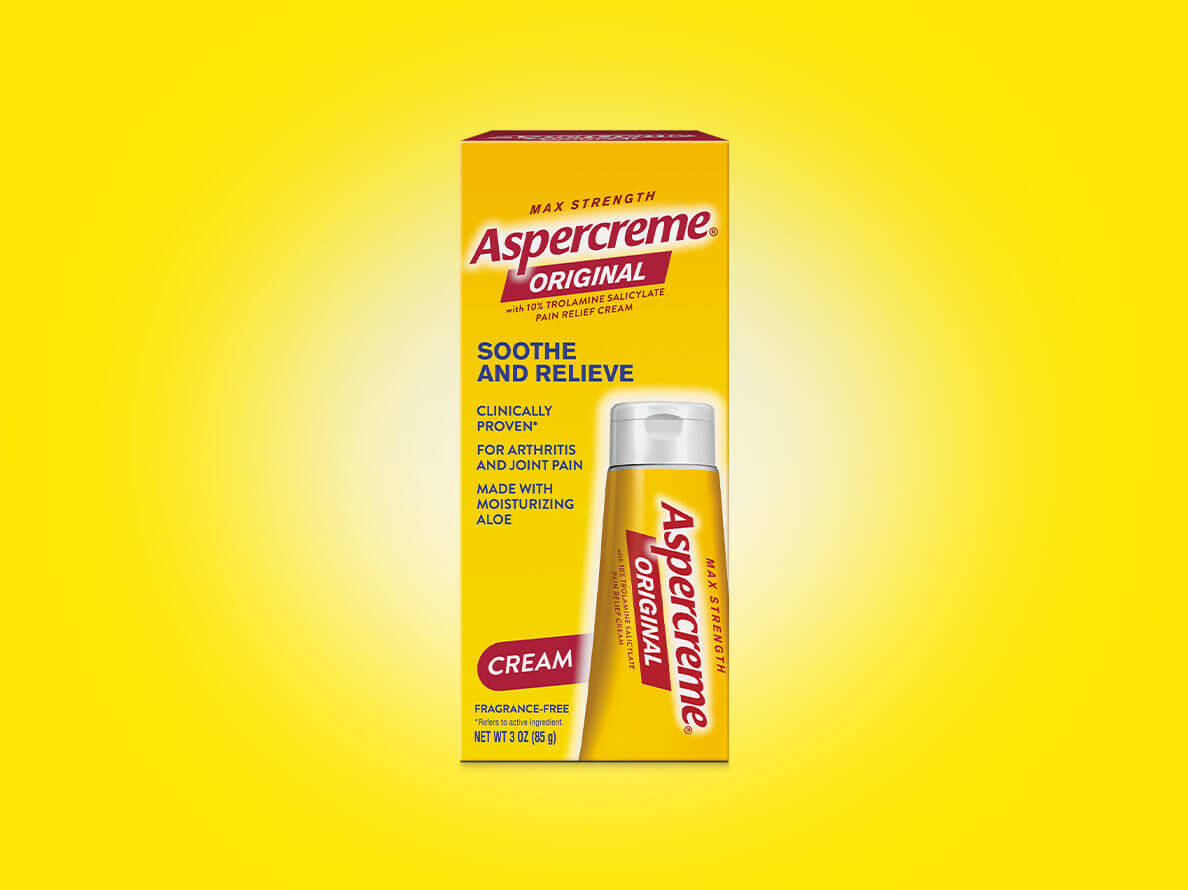.jpg)
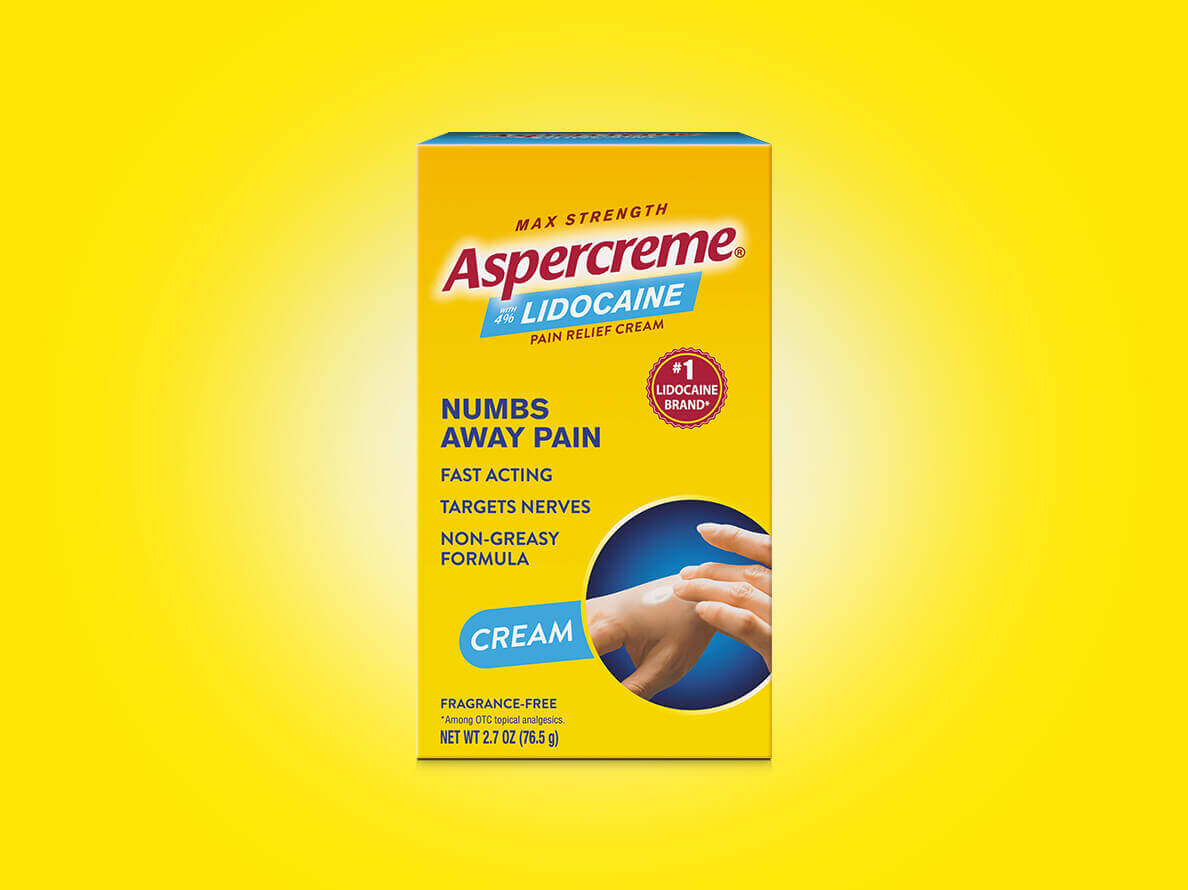.jpg)
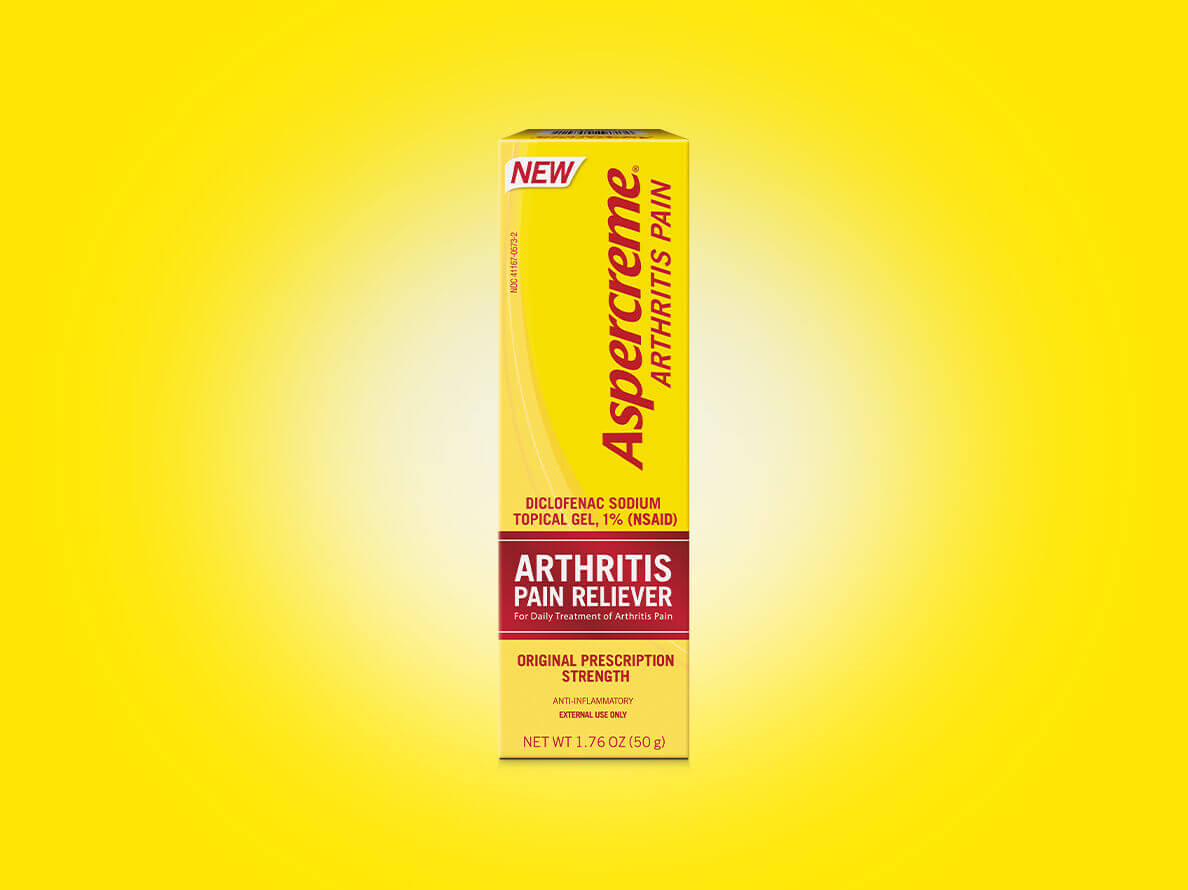%20(1).jpg)
.png)
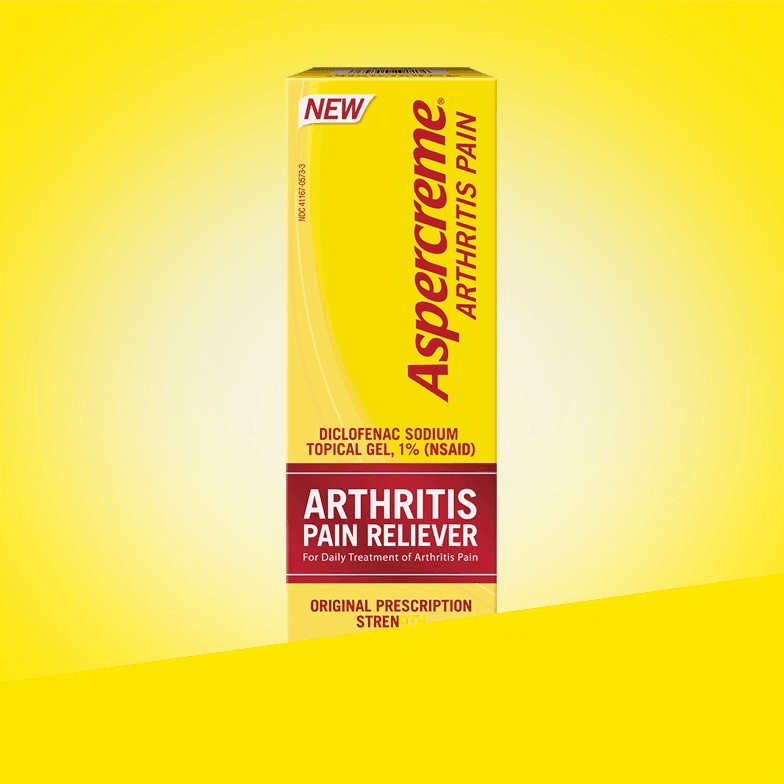.png)
.png)



